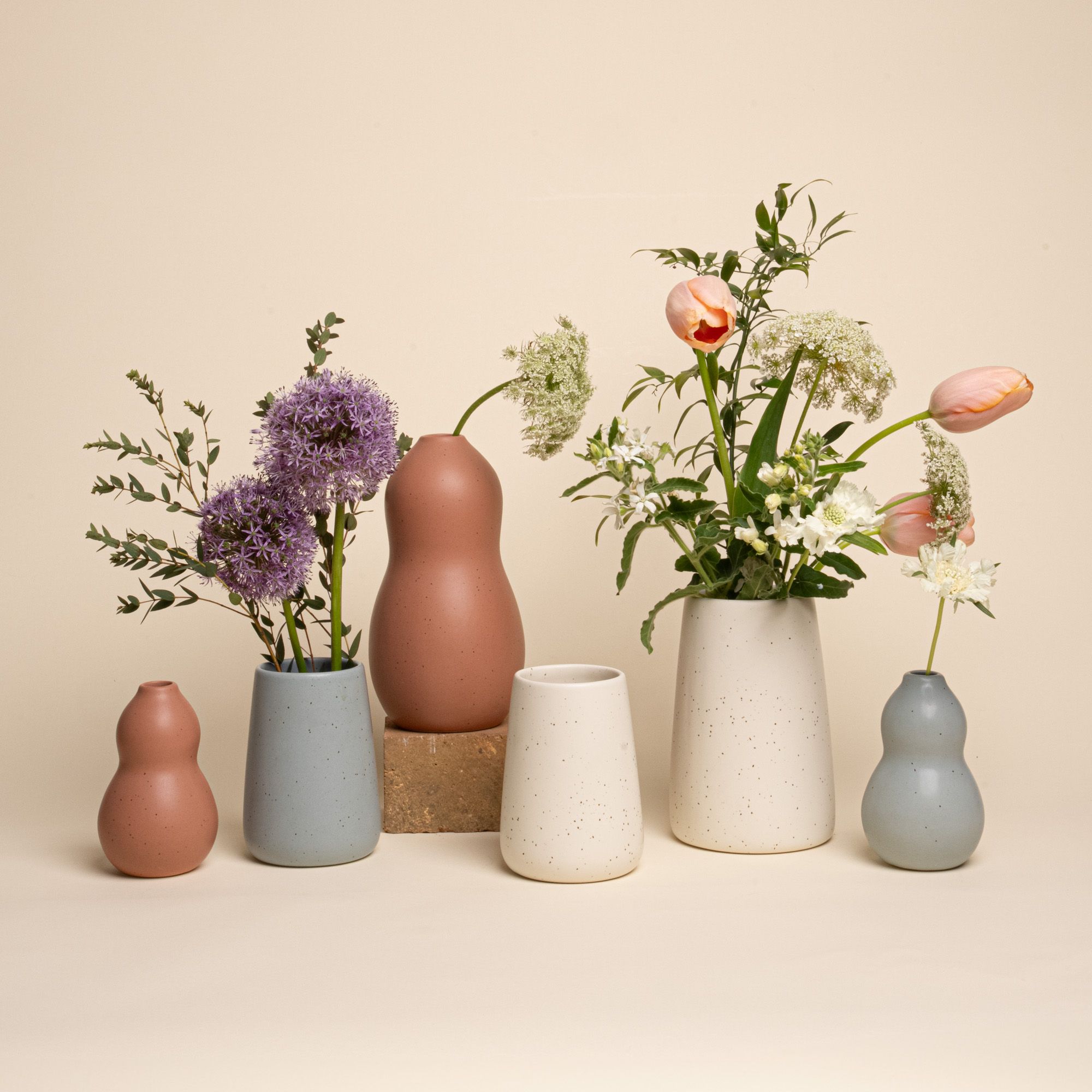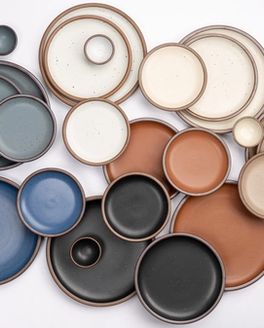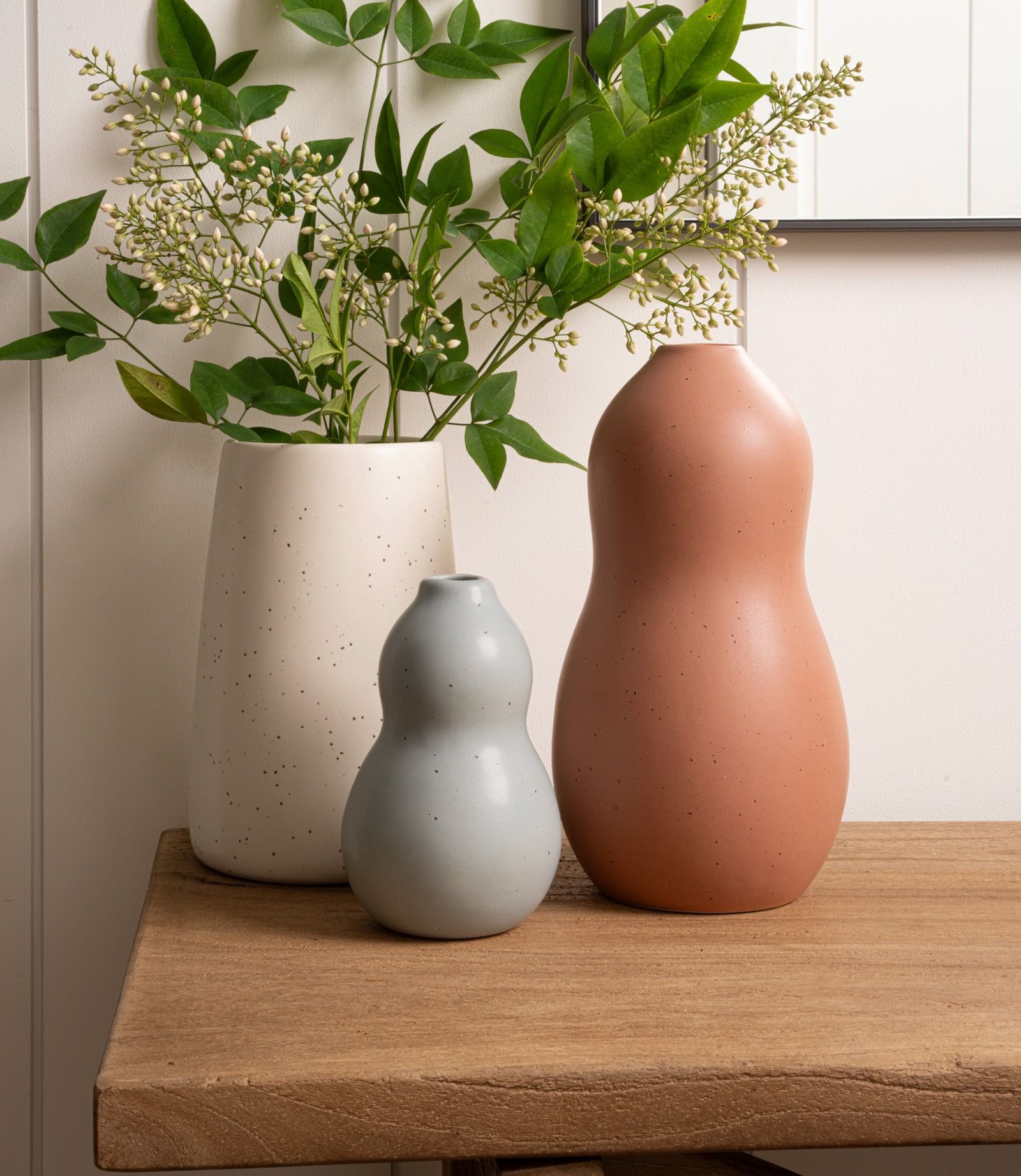
Comeback Forms
In an old silver mining town outside of Mexico City, a team of skilled ceramicists has been making dinnerware for over a hundred years. You’ve probably eaten off one of their plates without even realizing it: at a diner, a hotel, maybe even a friend’s kitchen table. The company is Anfora, and their story is one of craft, heritage and quiet ubiquity. Now, for the first time, our stories—officially—overlap.
This collaboration started the way a lot of things do these days: in Instagram DMs. Back in 2019, Anfora reached out with questions about our kilns: Had we switched to natural gas? (Yes.) How were we approaching carbon neutrality? (We were working on it.)
From there, a beautiful, nerdy ceramic courtship began. Our co-founder, Alex Matisse, and Anfora’s director, Hans Kritzler, volleyed back and forth about electricity cogeneration, emissions and the messy middle of sustainable manufacturing. Early in the exchange Hans added: “Btw, anytime you guys want to come down to Mexico and visit Anfora, you’re welcome!”
The relationship quickly moved offline, and over the years, Alex and other members of the East Fork team have taken Hans up on his offer to visit Anfora’s factory many times. We’ve shared ideas, swapped stories and even made a few co-branded prototype pots.
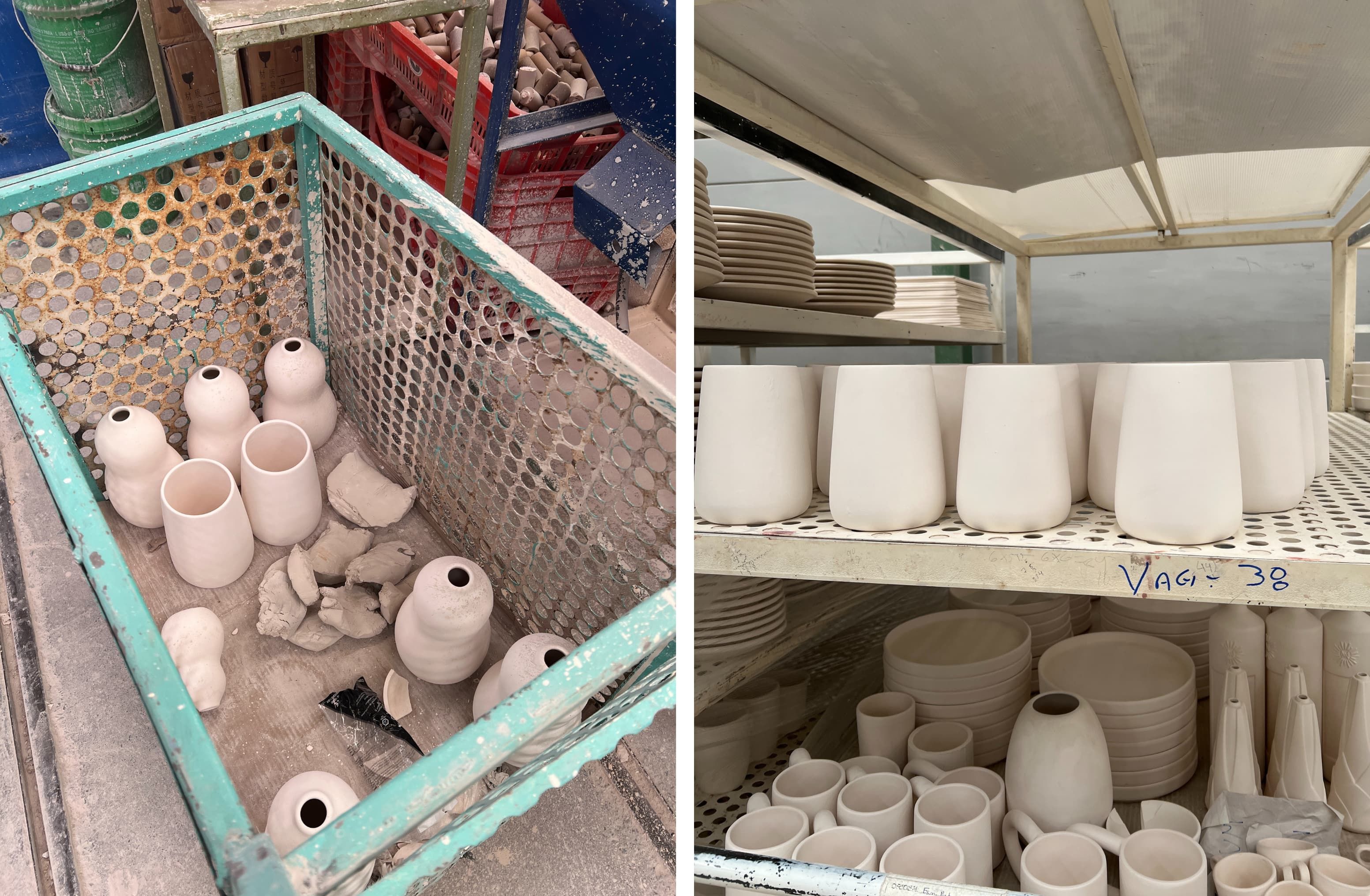
Slipcasting Call
Last year, we unearthed old slip molds for our Contour and Slope vases, collecting dust in storage. These vases have been longtime favorites among collectors and were ripe for a comeback. The catch? We don’t slipcast here at East Fork. But, we knew some folks across the border who do.
Thanks to a partnership with Anfora, our Contour and Slope Vases are back—this time available in Panna Cotta, Pebble and Utah, finished with a co-branded East Fork and Anfora stamp underfoot.
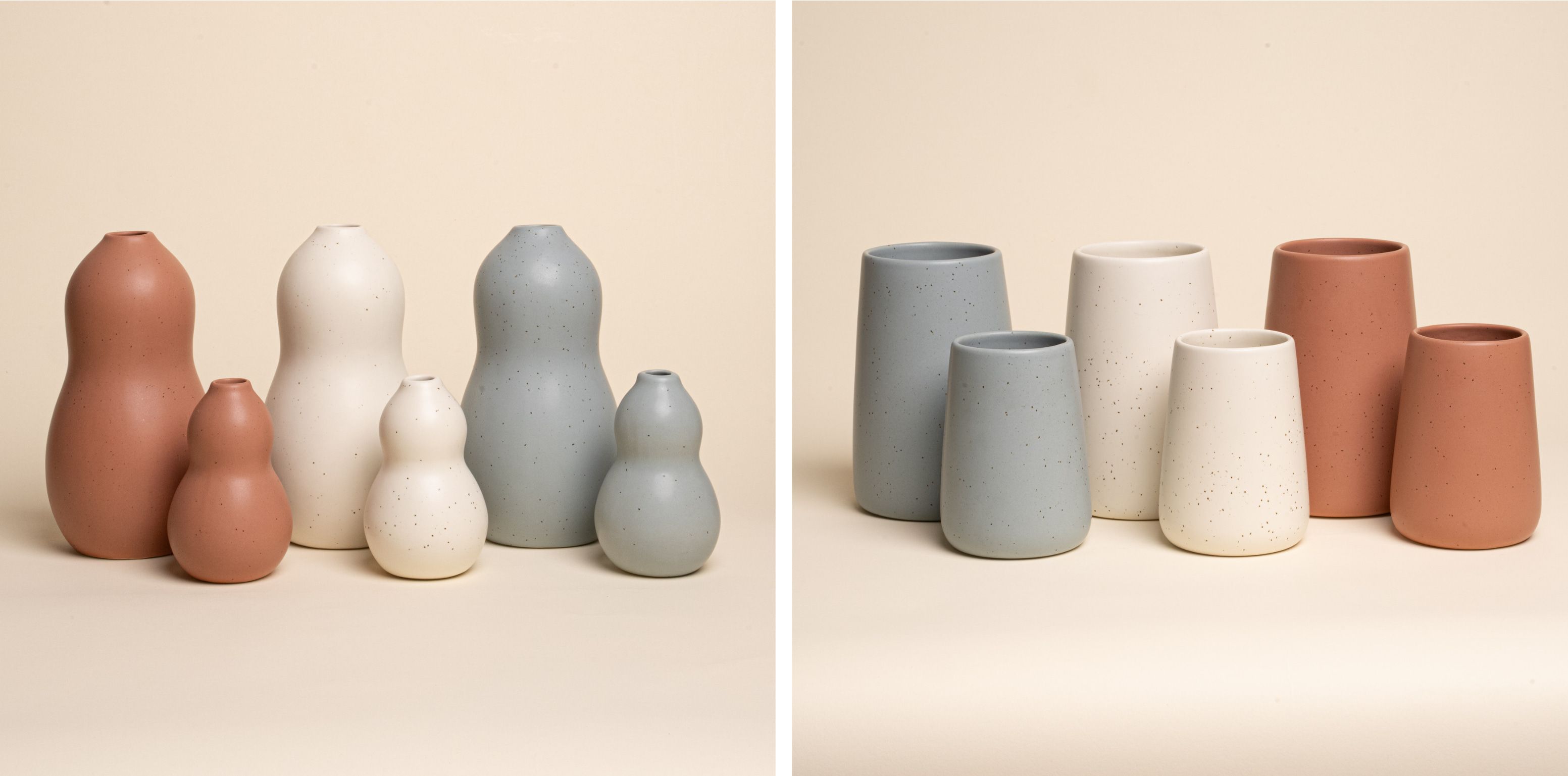
Fans of East Fork’s earlier collections may recognize these forms. They were originally designed by John and Alex back in 2014, but were discontinued after East Fork transitioned to its current form of dinnerware production.
The smooth lines and subtle curves of these vases call for a different kind of ceramic production than what we do here at East Fork HQ. It’s a method called slip casting, and Anfora happens to be an expert in it. This process involves pouring liquid clay into plaster molds, then carefully removing the form at just the right moment. We sent the old molds to Anfora, where their team created new, production-ready versions with a few refinements.
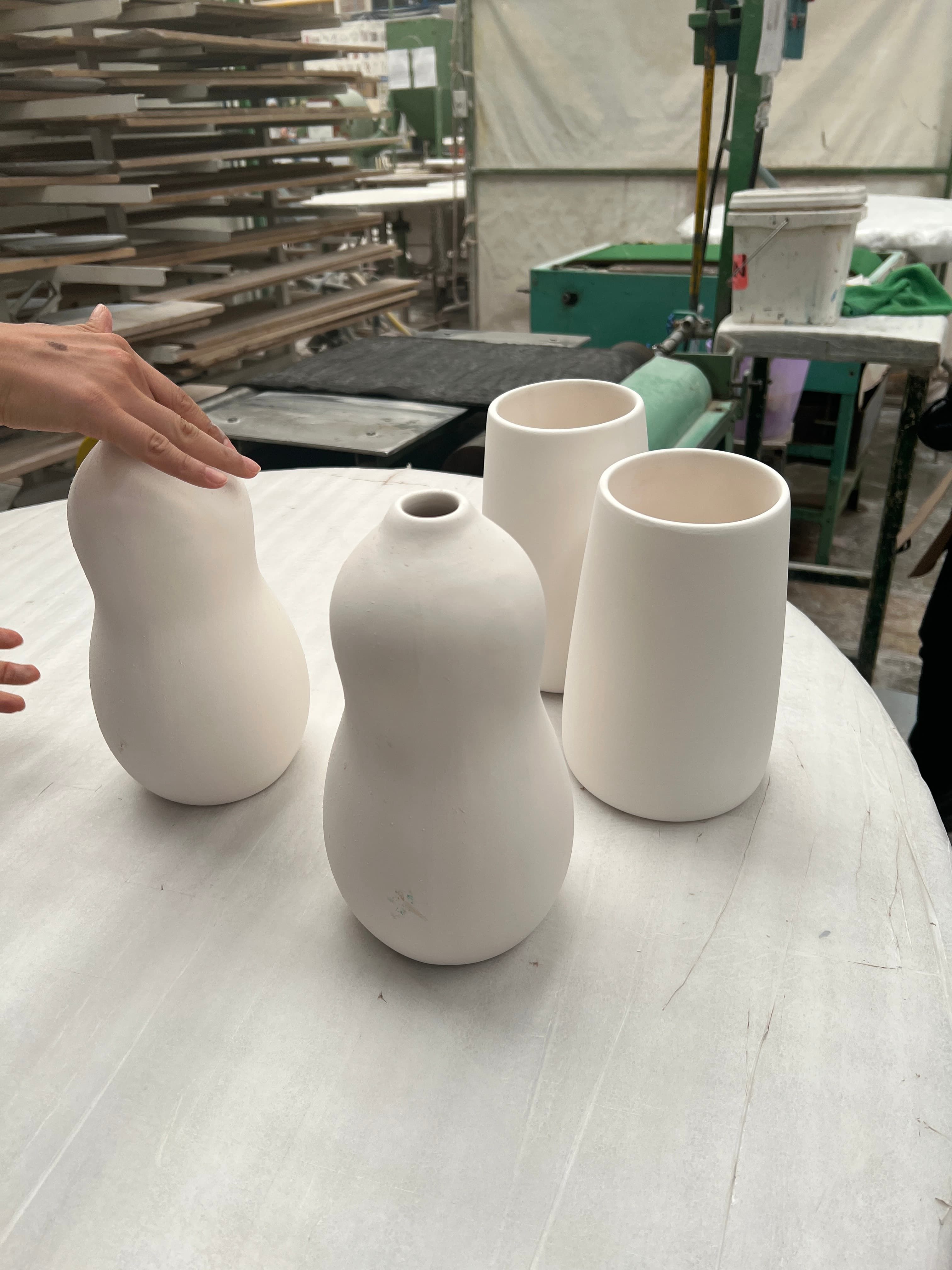
Each vase was made to be both useful and beautiful. The Slope Vase is shaped for big, generous bouquets, with a wide mouth and tapering neck to hold arrangements together. The Contour Vase, on the other hand, is more of a sculptural piece. You can tuck a few stems in if you’d like, or let it hold its own as an object on the shelf.
Vases Without Borders
Though we are separated by about 1,800 miles and nearly a century of operating experience, we’ve always felt a kindred connection to Anfora, one that has made our friendship natural, and a collaboration seemingly inevitable.
“Even in Mexico, there are not that many big factories left. So we share in our challenges,” Alex said. “Their operation is very similar to ours. It’s just much, much bigger.”
To co-brand the vases was to honor the path they took, from a shelf in Asheville to a mold room in Pachuca, shaped by many hands along the way.
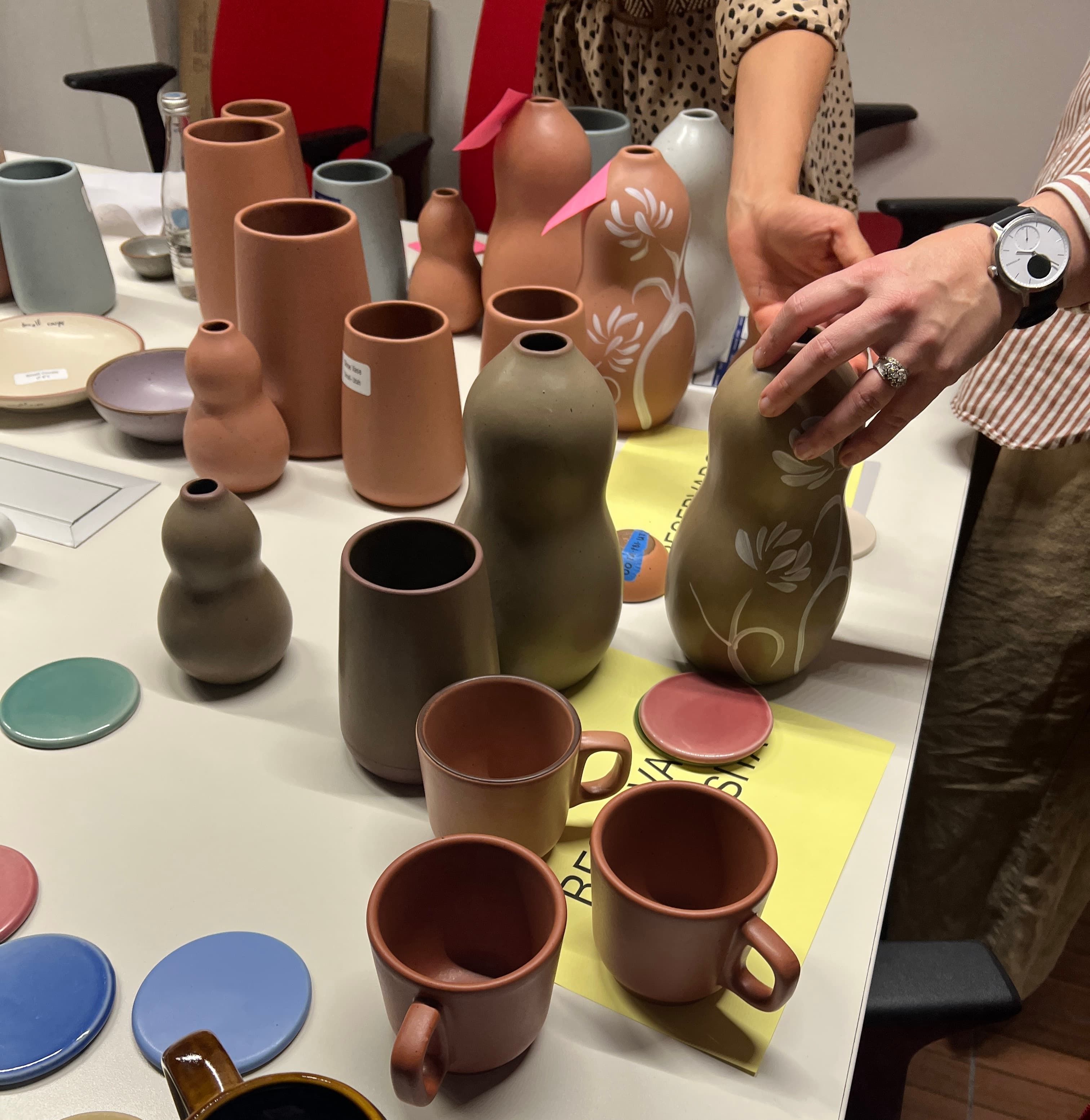
“East Fork is the factory here. That’s the heart and soul of the whole thing,” Alex said. “But for me, it was a point of pride to share the Anfora story as this great company across the border.”
Let’s not tiptoe around it: there’s a growing stigma (and even a financial penalty!) attached to anything labeled “imported” right now—as if where something’s made tells you everything you need to know about its worth. “Made in the USA” (or insert another Western country) still holds a lot of cultural currency with some. It’s often read as shorthand for higher quality or stronger ethics, while overlooking the depth of skill, generational knowledge and creative labor happening in workshops and factories all over the world.
“There’s a funny sort of notion of things that are made in other places,” Alex said. “Those factories are filled with talented craftspeople who have spent their lives learning and making a beautiful product.”
Pottery has long crossed geographies, cultures and generations. In fact, it’s spanned every group of humans that have been on earth for 2,000 years. These vases are part of that ongoing history: made by two factories, two countries, brought together by a mutual respect and shared dedication to the craft.
These beautiful vases are available now. And they carry more than flowers.
